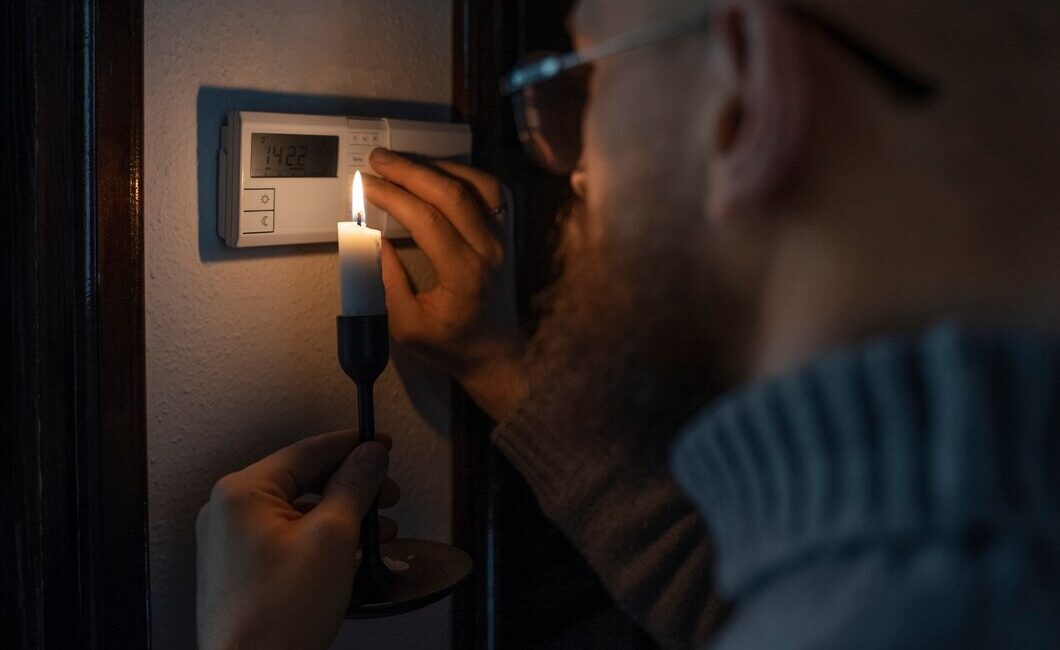The thermostat is a critical component of any HVAC system, serving as the control center that adjusts temperature settings to maintain a comfortable environment within your home. When placed in the optimal location, your thermostat can work seamlessly with your HVAC system to regulate your home’s temperature effectively, efficiently, and consistently. However, improper thermostat placement can lead to inaccurate readings and suboptimal HVAC performance, resulting in energy waste, increased energy bills, and diminished comfort levels. Consequently, it is essential to understand the importance of proper thermostat placement and how to identify those locations within your home that best facilitate the optimal performance of your HVAC system.
As the Red River Valley’s top-rated home HVAC and plumbing company, Bears Home Solutions believes in keeping our customers informed and empowered about how to maximize the efficiency of their HVAC systems. So, let’s explain the impact of thermostat placement on your HVAC system, discuss the factors to consider when selecting the proper location, and provide guidance on potential adjustments to improve your thermostat’s performance. Armed with this information, you can ensure that your thermostat works in harmony with your HVAC system to deliver the level of energy efficiency and comfort you desire.
1. Factors Influencing Thermostat Readings and Performance
Several factors can influence how your thermostat reads the temperature within your home, potentially impacting its ability to regulate your HVAC system accurately. Some of the most common factors include:
- Direct Sunlight: Exposure to direct sunlight can cause the thermostat to register a higher temperature than the actual indoor temperature, resulting in inaccurate readings and unnecessary cooling cycles.
- Drafts and Air Leaks: Cold drafts or air leaks from windows, doors, and other openings can cause the thermostat to register a lower temperature than the actual indoor temperature, leading to excessive heating cycles.
- Heat Sources: Proximity to hot appliances, such as ovens or electronics, can cause the thermostat to register a higher temperature than the actual indoor temperature, prompting unnecessary cooling cycles.
- Air Vents: Placement near an air vent can cause the thermostat to read the temperature of the air being circulated by the HVAC system rather than the room’s actual temperature.
Understanding these factors can help you identify the most appropriate location for your thermostat, minimizing the impact of these potential influences on its performance.
2. Guidelines for Optimal Thermostat Placement
When selecting the location for your thermostat, there are several guidelines you should follow to ensure optimal performance:
- Central Location: Placing the thermostat in a central area of your home allows it to register the average temperature across the living space, promoting more even heating and cooling.
- Interior Wall: Installing the thermostat on an interior wall can minimize the impact of external temperature fluctuations and drafts on the thermostat’s readings.
- Away from Heat Sources: Keep the thermostat away from heat-generating appliances and electronics to prevent inaccurate readings.
- Avoid Direct Sunlight: Prevent exposure to direct sunlight by placing the thermostat away from windows that receive significant sunlight, which can cause the thermostat to read higher temperatures than the actual indoor temperature.
By adhering to these guidelines, you can ensure that your thermostat accurately reads and responds to the temperature within your home, promoting optimal HVAC system performance and energy efficiency.
3. Adjusting Thermostat Settings for Maximum Efficiency
In addition to proper placement, making informed adjustments to your thermostat settings can further enhance the energy efficiency of your HVAC system. The following tips can help you optimize thermostat settings for energy savings and comfort:
- Programmable Thermostat: Installing a programmable thermostat allows you to set different temperatures for different times of the day or days of the week, enabling you to reduce HVAC usage when your home is unoccupied or during sleep periods.
- Gradual Adjustments: Rather than making large temperature adjustments, try making smaller changes of 1-2 degrees at a time to avoid putting excessive strain on the HVAC system.
- Energy-Saving Recommendations: Following energy-saving recommendations for both heating and cooling, such as setting the thermostat to 68°F during winter and 78°F during summer, can help you save on energy bills without sacrificing comfort.
By making informed adjustments to your thermostat settings, you can further enhance the energy efficiency of your HVAC system and enjoy additional cost savings.
4. Professional Assistance and Thermostat Upgrades
If you’re unsure whether your thermostat is correctly placed or functioning optimally, it’s important to seek professional advice. Our technicians can conduct a thorough evaluation of your thermostat’s location and performance, recommending adjustments or upgrades as needed.
Upgrading to a smart thermostat can also improve your HVAC system’s efficiency. These advanced devices offer features such as Wi-Fi connectivity, remote temperature control, and learning capabilities. By learning your schedule and preferences, a smart thermostat can automatically adjust settings to minimize energy consumption while maintaining comfort.
Conclusion
Proper thermostat placement is crucial to ensuring optimal HVAC system efficiency, energy savings, and home comfort. By understanding the factors that can influence thermostat performance and following guidelines for optimal placement, you can enhance the performance of your HVAC system. Additionally, making informed adjustments to thermostat settings and considering professional assistance or thermostat upgrades can further improve energy efficiency and cost savings.
If you require assistance in assessing your thermostat’s performance, placement, or settings, or if you’re interested in upgrading to smarter HVAC control options, don’t hesitate to contact us at Bears Home Solutions today. Our team of skilled professionals is dedicated to providing top-quality HVAC services in Dilworth and expert advice, helping you make informed decisions to achieve and maintain a comfortable, energy-efficient home.

